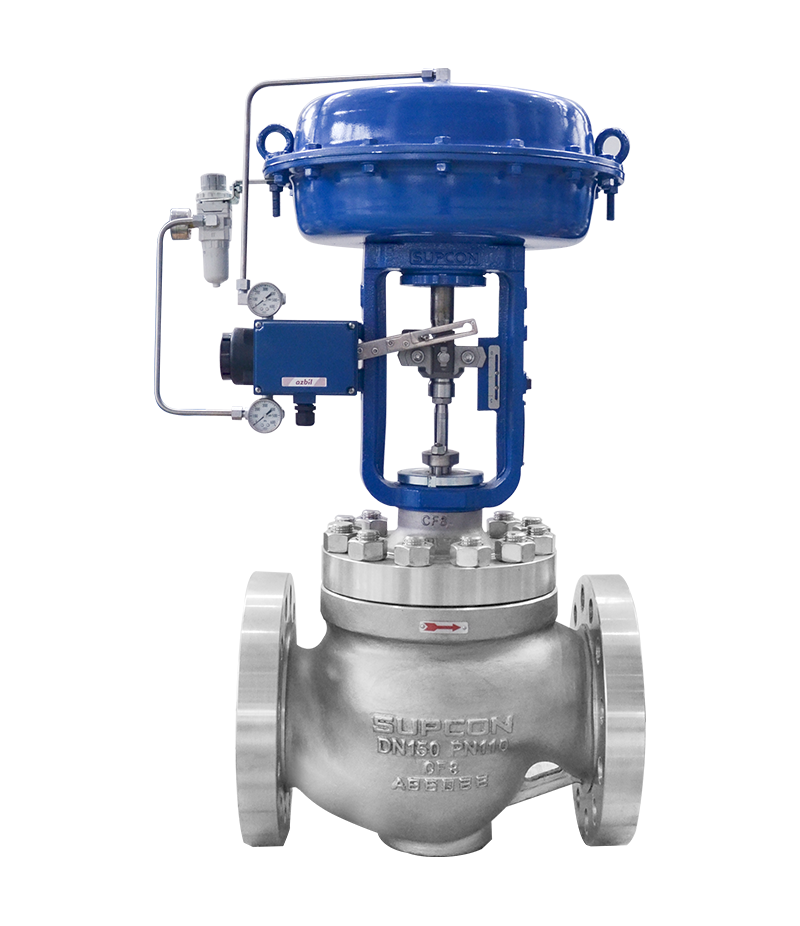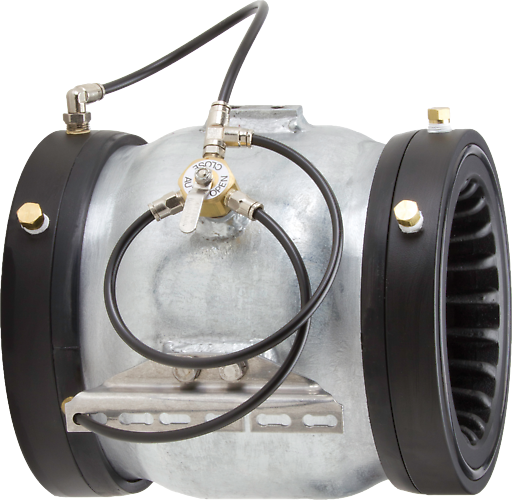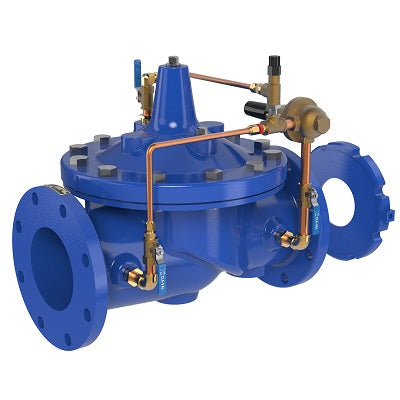
Maximize Power Financial Savings and Convenience With Advanced Building Automation Controls
In the world of modern design and center administration, the assimilation of sophisticated structure automation controls stands as a crucial improvement. By harnessing the power of automation, buildings can adjust, react, and progress in means that were once unthinkable.
Power Efficiency Conveniences
Energy efficiency advantages can dramatically lower energy consumption and functional expenses in buildings. Energy-efficient systems, such as sophisticated structure automation controls, can enhance the use of sources like cooling, lights, and heating, leading to lower power costs over time.
Furthermore, improved energy performance can extend the lifespan of structure equipment and systems. By running a lot more efficiently, cooling and heating systems, lighting fixtures, and various other building elements experience much less damage, leading to reduced upkeep and replacement expenses. In addition, energy-efficient buildings frequently command higher residential property values and rental rates, giving long-lasting financial advantages to proprietors.
Additionally, power effectiveness can enhance resident convenience and productivity. Effectively regulated indoor settings with optimal illumination and thermal problems create a more positive and conducive work area, causing boosted staff member fulfillment and efficiency. Overall, the energy performance benefits connected with sophisticated structure automation controls are multifaceted, incorporating cost savings, environmental stewardship, and resident health.
Enhanced Comfort Control
Enhancing convenience control in building settings needs an advanced combination of advanced automation systems for optimum resident health. By using advanced structure automation controls, facilities can customize the indoor environment to satisfy the specific requirements and preferences of owners. control valves.
By including these advanced controls, buildings can not only enhance convenience yet also improve power effectiveness by maximizing system procedures based on real occupancy and use patterns. Inevitably, prioritizing occupant comfort with innovative automation systems leads to an extra enjoyable and healthier indoor atmosphere.
Operational Efficiency Improvements

In addition, the application of real-time monitoring and analytics devices allows building drivers to identify power ineffectiveness and operational abnormalities promptly. By continually checking energy use patterns and system performance metrics, changes can be made in real-time to optimize power consumption and make certain peak operational performance. control valves. Additionally, including demand response approaches into structure automation controls can further improve operational performance by dynamically readjusting energy usage based try this on grid problems and pricing signals
Indoor Climate Optimization
Effective interior environment optimization is an essential facet of structure automation controls, making sure residents' comfort and well-being while taking full advantage of power financial savings. By utilizing innovative sensors and controls, building automation systems can constantly monitor and change temperature, humidity levels, air top quality, and ventilation to create an optimal indoor atmosphere. Keeping consistent and comfortable conditions not only boosts owner complete satisfaction however likewise enhances productivity and overall well-being.
Indoor climate optimization also plays a critical duty in power performance. By fine-tuning heating, ventilation, and cooling systems based on real-time data and tenancy patterns, developing automation controls can dramatically decrease power intake - control valves. As an example, executing methods such as demand-controlled air flow and thermal zoning can assist reduce energy waste while making sure that each location of the building receives the required conditioning.

Lasting Environment Creation
Building automation manages not just enhance interior climate conditions for energy effectiveness and owner convenience but also lay the structure for developing a sustainable environment through critical monitoring of systems and sources. By integrating sophisticated building automation technologies, such as sensing units, actuators, and intelligent software program, facilities can keep track of and readjust power usage in real-time to reduce waste and minimize their carbon impact. These systems enable anticipating maintenance, determining potential problems before they escalate and enhancing devices efficiency to improve longevity and efficiency.
Additionally, sustainable environment link development expands past energy management to include water conservation, waste reduction, and indoor air high quality improvement. Building automation controls can manage water usage, detect leakages, and make sure appropriate garbage disposal practices, adding to overall sustainability initiatives. Additionally, by managing and keeping an eye on air flow and filtering systems, these modern technologies boost resident health and wellness and efficiency while decreasing energy consumption connected with heating and cooling operations.
Conclusion
To conclude, advanced structure automation controls deal considerable advantages in regards to power cost savings, convenience control, functional efficiency, interior environment optimization, and producing a lasting setting. By executing these controls, buildings can attain ideal performance while minimizing energy intake and boosting owner comfort. It appears that the usage of innovative automation modern technology is crucial in boosting structure performance and developing a much more sustainable future.
Energy performance benefits can significantly lower energy consumption and functional costs in structures. In general, the power effectiveness benefits connected with advanced structure automation controls are multifaceted, incorporating expense savings, ecological stewardship, and occupant wellness.
In addition, incorporating demand reaction techniques right into building automation controls can even more improve functional effectiveness by dynamically changing power use based on grid problems and rates signals.
Structure automation regulates not just enhance indoor climate problems for find more power performance and occupant comfort however likewise lay the foundation for creating a sustainable environment with critical monitoring of sources and systems.In final thought, advanced structure automation regulates deal substantial benefits in terms of energy savings, comfort control, functional effectiveness, indoor climate optimization, and producing a sustainable environment.